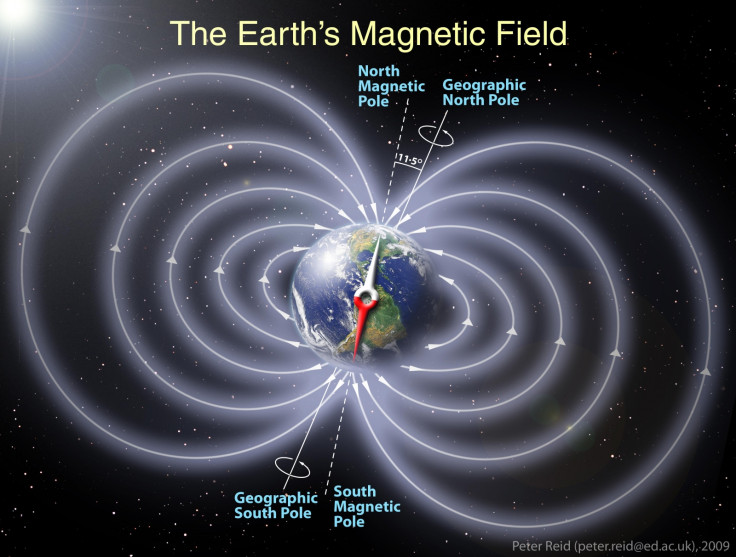Missing link to 80-year-old physics theory explains Earth's magnetic field

Scientists from the Carnegie Institution for Science and Rutgers University have found a missing link that proves the original 1930s metal physics theory that thermal convection can drive magnetic-field generation is correct.
The centre of the Earth is very hot, and it is thought that the flow of heat from the planet's centre drives most of the dynamics of the Earth, ranging from volcanoes to plate tectonics.
Thermal convection is the process whereby the hottest liquid becomes less dense and rises, while the cooler, denser liquid sinks.
It has long been thought that thermal convection occurs in the Earth's liquid iron core, thus generating a powerful magnetic field. This is known as the Dynamo Theory.
Earth's magnetic field plays a key role in shielding us from deadly cosmic rays, and iron, as a metal, can easily conduct a flow of electrons to make up an electrical current.
The electrons in metals carry the electrical current and heat, but a material's resistivity can impede the flow of this current. In metals, resistivity increases as the temperature goes up, due to atoms vibrating, which causes electrons to bounce off and scatter as the heat rises.
Recently, new studies have challenged the 80-year-old theory about thermal convection causing the Earth's magnetic field.
New calculations state that the resistivity of the molten metal at the Earth's core would be too low, thus generating a thermal conductivity that is too high.
If the thermal conductivity is too high, the liquid would not be able to rise, and thus thermal convection would not be possible, and therefore couldn't be the cause of the Earth's magnetic field.
However, the researchers have found a missing link to the classic 1930s theory of metals that re-validates thermal convection as the driver of the Earth's magnetic field.
In a study published in the journal Nature, they propose that rather than atomic vibrations, half of the resistivity is generated from electrons scattering off each other.
The researchers made their discovery by using a new computational physics method, which shows that the original theory works with the effect added in.
"We uncovered an effect that had been hiding in plain sight for 80 years," said Ronald Cohen, a staff scientist at the Carnegie Institution and a Professor at University College London. "And now the original dynamo theory works after all!"
© Copyright IBTimes 2025. All rights reserved.






















